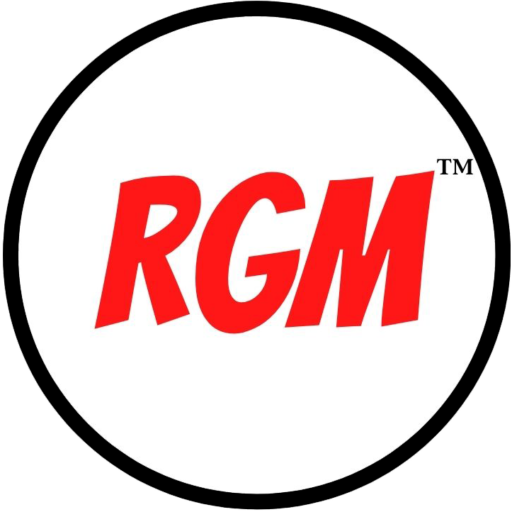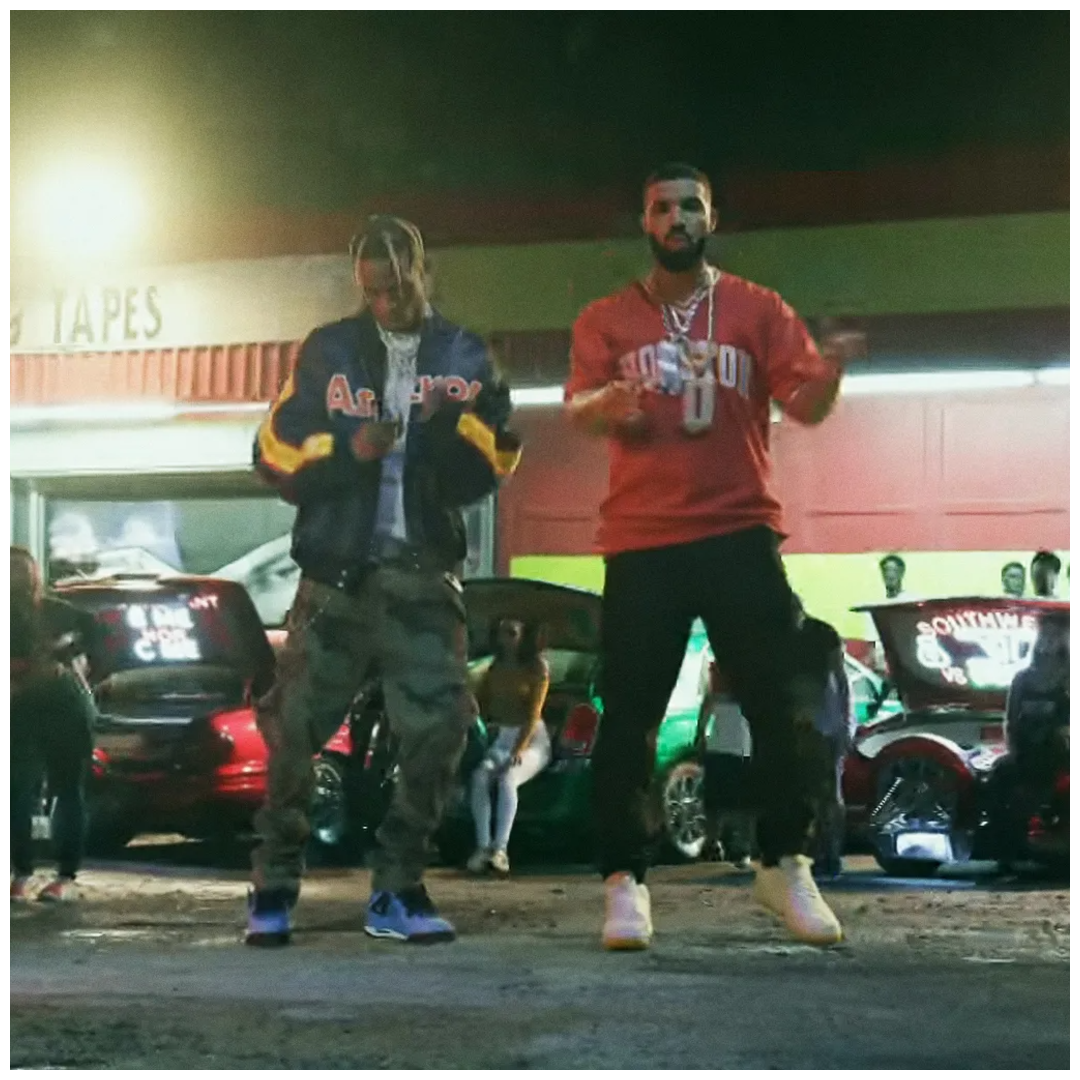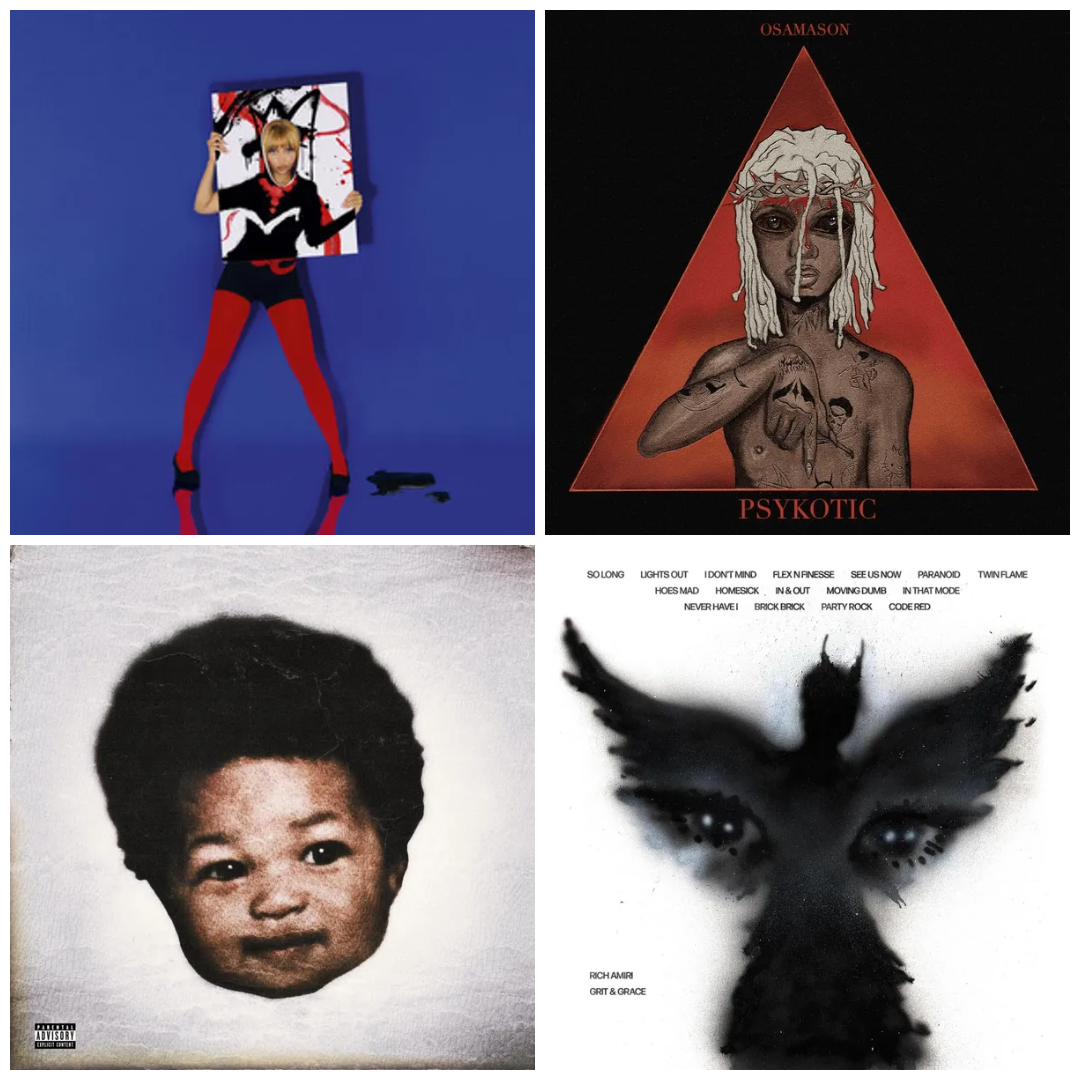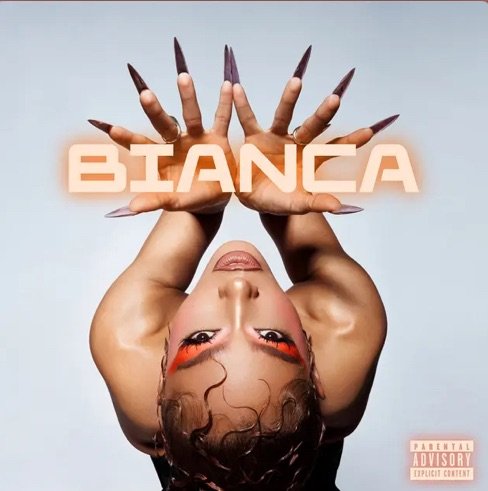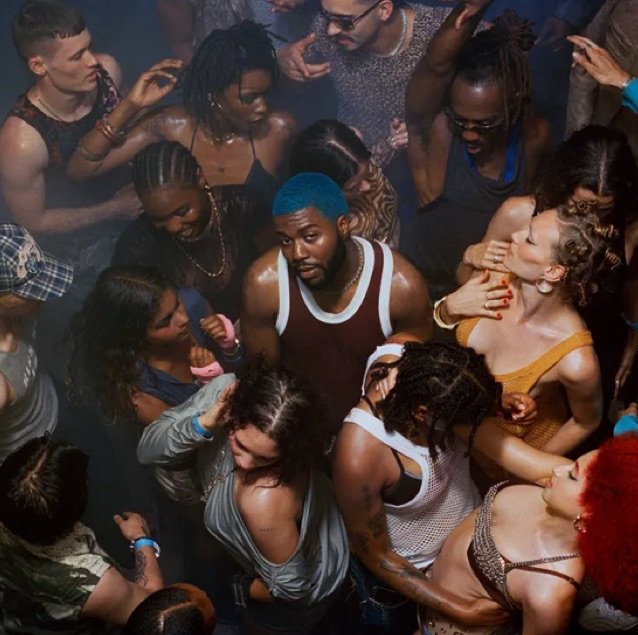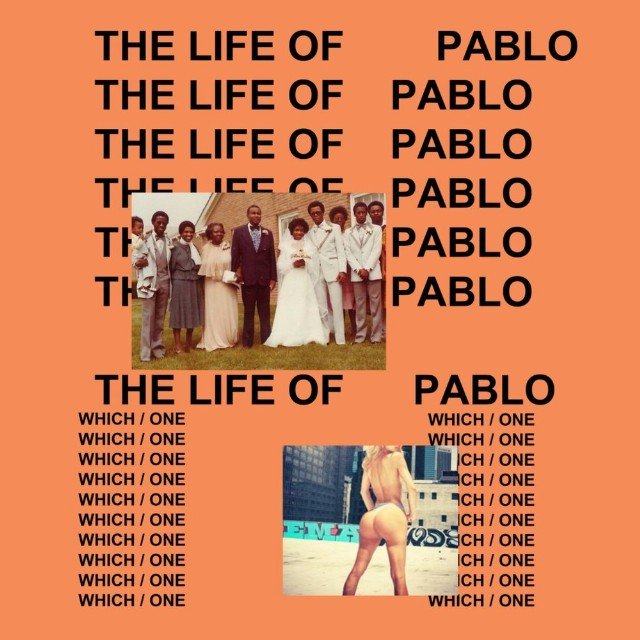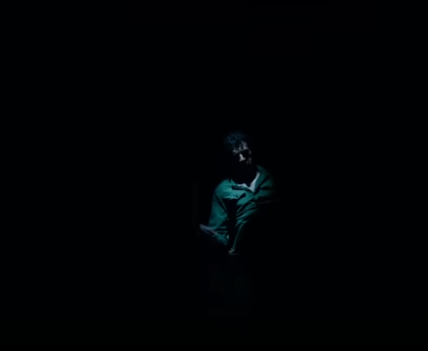
Despite the combined talents of all parties involved and the solid foundations of a strong hook and a rip-roaring first act, Leigh Whannell’s Wolf Man viscerally falls apart in its second half, making for a desperately underwhelming adaptation of the classic Universal monster movie.
And by all accounts, it shouldn’t have been this way. Leigh Whannell is an obscenely talented filmmaker and veteran horror stalwart who knows his stuff. Having started by writing films such as Saw, Dead Silence, and Insidious, Whannell went on to make the leap to writing and directing with Insidious: Chapter 3 and never looked back. He subsequently made Upgrade, an incredibly nifty low-budget sci-fi action-thriller that, in retrospect, plays like a perfect demo reel for what he could do with a gnarly werewolf film. Then came The Invisible Man, a film that skillfully extracted the core hook of James Whale’s 1933 Universal classic and turned it into a thematically rich, dread-filled, suspense-driven modern classic.
So it is without an ounce of joy in my monster-loving heart that I must dutifully report that Whannell’s Wolf Man is a supremely disappointing slog of a film that fails to live up to the expectations set by his previous works or George Waggner’s original 1941 The Wolf Man and its sequels.
What makes the whole thing an even more disheartening viewing experience is that things start off really strong. The opening prologue of the film showcases Whannell’s writing and direction at their most distinctly honed. Telling the tale of Christopher Abbott’s protagonist as a young boy and his father hunting in the woods, encountering a mysterious, monstrous creature, the prologue features some of the entire film’s most striking cinematography by Whannell’s regular collaborator Stefan Duscio and establishes a pace, tone, and sense of dread that are immediately affecting. Taking cues from one of his favorite films, Steven Spielberg’s Jaws, Whannell deliberately keeps the monster hidden, making the sequence all the stronger for it. This disciplined suspense-building pairs excellently with minimalist, brutal sound design, delivering something special in the film’s opening moments, all while planting seeds for thematic threads that feel intrinsically linked to the primary themes of Waggner’s original film in fascinating ways.
The film continues to roll into the modern day, introducing the primary characters, and it remains both entertaining and thematically engaging. It illustrates the differences in parenting styles between Abbott’s character and his father, allowing the audience to explore how his father’s more blunt tactics informed his own tender approach to raising his daughter. Additionally, the establishment of a tense dynamic with Abbott’s wife, played by Julia Garner, lays sturdy foundations for what’s to come. The story truly kicks off when Abbott’s character decides to take his family to his father’s old house to collect belongings, and even this element is well-executed.
There’s an understated and complex sense of familiarity and discomfort as Abbott returns to a home that was equally full of wonder and fear for him as a child. Whannell’s writing works well in tandem with Abbott’s performance, selling these ideas and subtexts in spades. This culminates in one of the film’s strongest moments: a truck crash (featured prominently in the film’s marketing) that marks the family’s first encounter with the titular monster. Whannell’s gift for staging compelling visual language and camerawork shines here, with the camera playing with gravity and perspective as it relates to the inverted truck. The sequence is tense and disarming, showcasing palpable horror craftsmanship. Unfortunately, once the characters move from the crash scene to the deserted house, the story begins to unravel.
In reinventing the story and character for a new generation, Whannell and co. have taken creative liberties with the foundations of the werewolf myth—what a werewolf is, what it looks like, and how it functions. These aren’t inherently bad ideas; change can be refreshing, and I’ll never oppose a creator bringing their own distinct vision to an established property. However, these changes in Whannell’s film feel more driven by narrative necessity than creative inspiration.
The idea to have the trademark transformation from man to werewolf unfold as a single, lengthy transition rather than a series of back-and-forths is thought-provoking. In theory, it should afford Whannell the opportunity to explore emotional turmoil and strife more deeply. While this slow-burn transformation yields some inspired moments, it ultimately comes across as underwhelming, malnourished, and bizarrely structured. Early in the transformation process, Abbott’s character loses the ability to communicate properly with his wife and daughter. This shift happens quickly—teeth begin to fall out, and things escalate rapidly. Then, for the next half-hour, as the film shifts its tension, the transformation seems to pause altogether. This interruption weakens the film’s narrative, muddling the character interactions and creating a disjointed feel.
It also doesn’t help that, by severing the communicative link between the family so early, Whannell misses the opportunity to mine the emotional turmoil between them. Rather than a gradual escalation across the film, the tension comes in sporadic bursts. This undermines the third act, where the solid foundations of the first act have been eroded. The thematic threads handled with understated grace early on become blindingly blunt through ill-advised twists and turns, dragging them from subtext into literal text, weakening the narrative and diluting their power.
Another issue lies in the character development. While the dynamic between Abbott and Garner’s characters is established well early on, the film does little to imbue Garner’s character with agency or deeper characterization beyond her tense relationship with Abbott’s character. This becomes apparent early on, but by the third act, it’s a core issue. Garner’s character is promoted to full-time protagonist midway through the movie, but the film fails to develop her sufficiently. As a result, the third act’s emotional conflict falls flat.
That said, the second and third acts still contain moments of inspired craft. A scene in which Garner’s character struggles to kickstart a truck engine (featured and unfortunately spoiled in the marketing) is played for maximum effect. Each time Garner shuts a door, the hood of the truck, or turns her shoulder, space is left for suspense and dread to build. The idea that the monster might appear is continuously subverted, making the eventual payoff even more effective. Similarly, Whannell’s visual idea of shifting between Abbott’s wolf-influenced perspective and the human perspective of other characters is a great one, even if some poorly executed post-production effects in the final edit detract from its potential.
RGM GRADE
(C-)
Overall, Wolf Man has bursts of solid craftsmanship but is a largely underwhelming film. For my money, it is Whannell’s weakest work, but that doesn’t make him a bad filmmaker. Strangely, while the film often references The Fly and Halloween, the film it most reminded me of was Steven Spielberg’s The Lost World: Jurassic Park. In both cases, a brilliant filmmaker is bogged down by a muddied, confused script. In many ways, Wolf Man feels like Whannell’s equivalent of that—a gifted visual storyteller trapped by a lackluster script. While credited as both writer and director, it feels like concessions were made during production, leading to an atonal, dissonant misfire instead of what should have been a slam-dunk.
Discover more from RATINGS GAME MUSIC
Subscribe to get the latest posts sent to your email.

